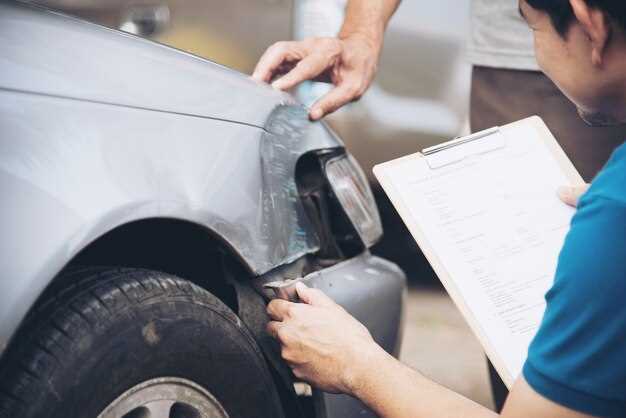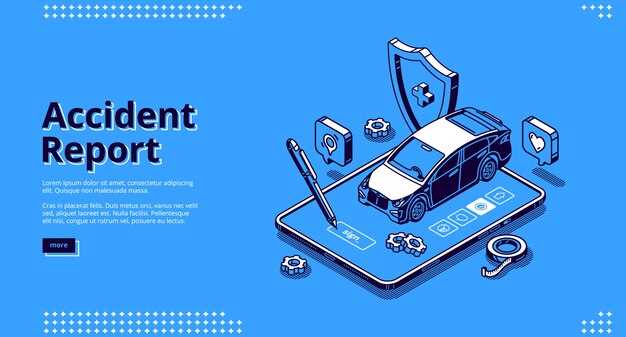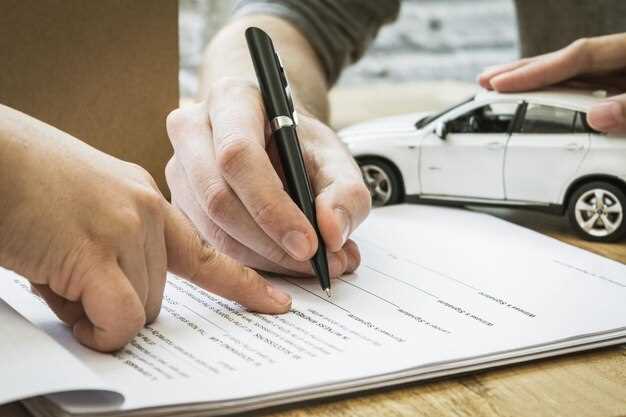
Rebuilding a salvage vehicle can be a rewarding process, both financially and personally, but it requires careful planning and adherence to legal regulations. Understanding the complexities of this task is essential for anyone looking to transform a damaged vehicle into a roadworthy machine. This guide aims to walk you through the critical steps involved in the rebuild process, ensuring that you remain compliant with local laws while restoring your vehicle.
Before embarking on this journey, it’s crucial to acquire a clear understanding of the legal requirements surrounding salvage vehicles. Each state has specific regulations that dictate how a salvage title can be converted back to a roadworthy status. By familiarizing yourself with these laws, you’ll not only streamline your rebuild process but also avoid potential legal complications down the line. With the right knowledge and resources, you can successfully navigate the complexities of rebuilding a salvage vehicle.
As you dive into the rebuild process, remember that attention to detail is paramount. From assessing the extent of the damage to selecting the right parts, every decision impacts the overall outcome of your project. This guide will provide you with detailed insights and practical tips to help you complete your vehicle rebuild legally and effectively, ensuring that your hard work results in a fully compliant and functional vehicle.
Understanding Salvage Titles and Their Implications

When a vehicle has been declared a total loss by an insurance company, it receives a salvage title. This designation indicates that the car has sustained significant damage and may not be roadworthy without extensive repairs. Understanding salvage titles is crucial for anyone considering the process of rebuilding a salvage vehicle.
Rebuilding a salvage vehicle requires a comprehensive understanding of the implications tied to the salvage title. Owners must ensure that they carry out all necessary repairs and restore the vehicle to a safe operating condition. This often involves thorough inspections and possibly significant financial investment in parts and labor.
Once repairs are complete, the vehicle must undergo a formal inspection process by a licensed authority to confirm that it meets safety and operational standards. If it passes, the salvage title can be converted to a rebuilt title, allowing the vehicle to be legally driven on public roads.
It is important to note that vehicles with a salvage title may face depreciation in value compared to a similar vehicle with a clean title. Additionally, obtaining insurance for a rebuilt vehicle can be more challenging, as many providers are hesitant to cover cars with a salvage history. Potential buyers should always perform due diligence and understand these implications before committing to the rebuilding process.
In summary, understanding salvage titles involves recognizing their potential challenges and requirements during the rebuilding process. Adequately addressing these aspects can lead to a successful restoration while ensuring compliance with legal and safety standards.
Navigating the Rebuild Process: Steps to Compliance

Rebuilding a salvage vehicle involves several crucial steps to ensure compliance with local laws and regulations. The journey begins with thorough research to understand the state-specific requirements for salvaged vehicles. Different states have varying laws regarding inspections, documentation, and labeling, so it’s essential to familiarize yourself with the regulations applicable in your area.
Once you gather information about the legal requirements, the next step is to acquire the necessary documentation. This includes obtaining the salvage title, which provides proof of ownership and indicates that the vehicle has been deemed a total loss. Additionally, having a detailed history of repairs and parts used during the rebuild process is vital. Keep meticulous records, as these documents are often required during inspections.
After completing the paperwork, the actual rebuild process can begin. Ensure that all repairs are performed using high-quality parts and are compliant with safety standards. This not only enhances the vehicle’s reliability but also plays a significant role in passing future inspections. Depending on the extent of damage, you may be required to bring the vehicle to a certified mechanic or specialist for specific repairs.
Once the vehicle is rebuilt, it must undergo a thorough inspection. Schedule an appointment with your local vehicle inspection authority, ensuring that all modifications and repairs comply with safety regulations. Inspectors will check essential systems, including brakes, lights, and safety equipment, as well as verify the completeness of the documentation.
Upon successful inspection, you can apply for a rebuilt title. This title serves as official documentation indicating the vehicle has been restored to roadworthy condition. Submit your inspection report, detailed rebuild documentation, and any additional required forms to your local motor vehicle department for processing.
Completing these steps will help you navigate the rebuild process with confidence, ensuring that your salvaged vehicle meets all necessary compliance requirements. Following the legal route not only protects your investment but also enhances road safety for all drivers.
Obtaining Certification After Rebuilding Your Vehicle
After successfully rebuilding a salvage vehicle, the next critical step is obtaining certification to ensure that the vehicle is roadworthy and legally registered. This process typically involves several steps, which may vary depending on the state or country related to your vehicle.
First, contact your local Department of Motor Vehicles (DMV) or equivalent authority to understand the specific requirements for certification in your area. Most jurisdictions require a detailed inspection of the rebuilt vehicle to assess its safety and compliance with regulatory standards.
The inspection process often includes checking the structural integrity of the vehicle, ensuring that all necessary safety features are functioning correctly, and verifying that all parts used in the rebuild are either new or sourced from reputable suppliers. It is advisable to keep detailed records of all repairs and replacements made during the rebuilding process, as these documents may be required during the inspection.
Once the inspection is completed, and if the vehicle passes all necessary checks, you will be issued a certification. This certification is vital, as it legally validates the work done on the vehicle and allows for the vehicle to be registered for road use.
In some cases, additional steps may be required, such as obtaining a title branding or affixing a rebuilt title. This ensures that the vehicle’s history is transparent and provides future owners with information about its salvage status. It is essential to adhere to all legal requirements to avoid complications in the future.
After receiving the certification, you can proceed to register the vehicle with the appropriate authorities, ensuring that all paperwork is completed accurately. This final step will allow you to legally operate your rebuilt vehicle on public roads, completing the process of restoring a salvage vehicle.
